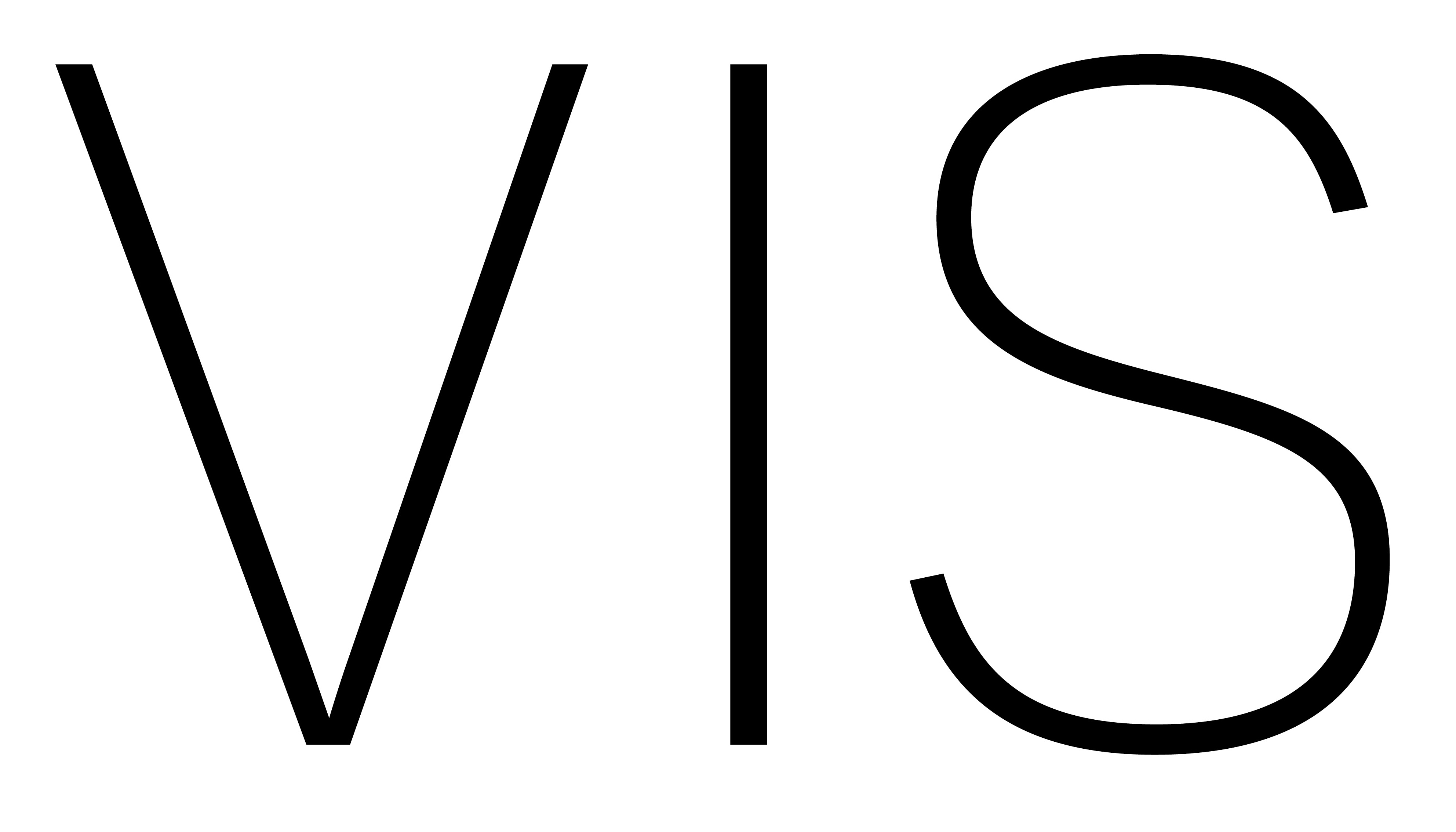The Educating Role of Visual Arts
DOI:
https://doi.org/10.26512/vis.v15i1.14532Resumo
This article discusses contemporary visual arts education current changes. Visual Arts Education is frequently underestimated by most European Curriculum which often gave and still gives priority to other knowledge areas. Nevertheless, culture industries like museums and a wide range of culture and social organizations are doing the opposite, leading visual art education to an increasingly dissemination, even if it is always less than we all expect. This article also focus on a current shift and which seems to be a kind of paradox: visual art education services from alternative culture institutions are becoming integrated on school activities. By recognizing Visual Art Education Value, culture institutions are trying to develop different approaches in order to engage visual arts with communities. By informing and promoting creative thinking, they are trying to reach community involvement and, consequently, breaking down barriers when necessary. In a more and more globalized world, it is urgent to rethink culture, ethnical, social, economical and political diversities and here is where visual arts education can become a more active player. Art always allowed man to create different worlds in our world as Nelson Goodman affirmed. By creating new worlds, art offers possibilities on new world perspectives and therefore it also might make possible a great miracle, which is the possibility of changing into a better world! Isn´t that what next Documenta 14 is doing? Documenta 14, Kassel, considered the world's largest and most prestigious exhibition of contemporary art, will be held in Athens, Greece, and Kassel, Germany, under the following theme: Learning from Athens. Both - visual art education and contemporary art - seem to share this wish and determination in changing to a better world by implicating local, national and international community. And Art always seemed to be a great `educator´ throughout mankind history.




